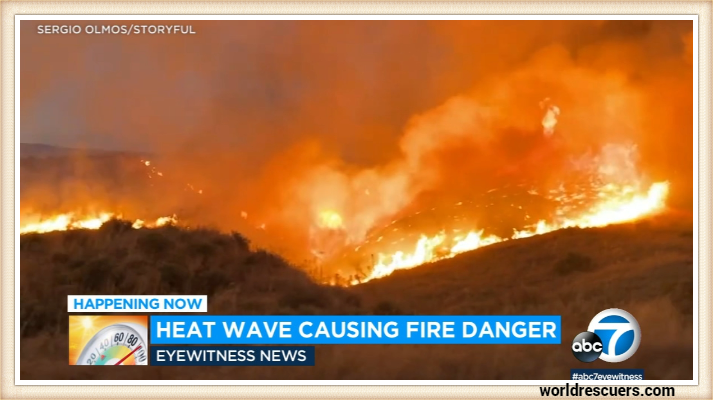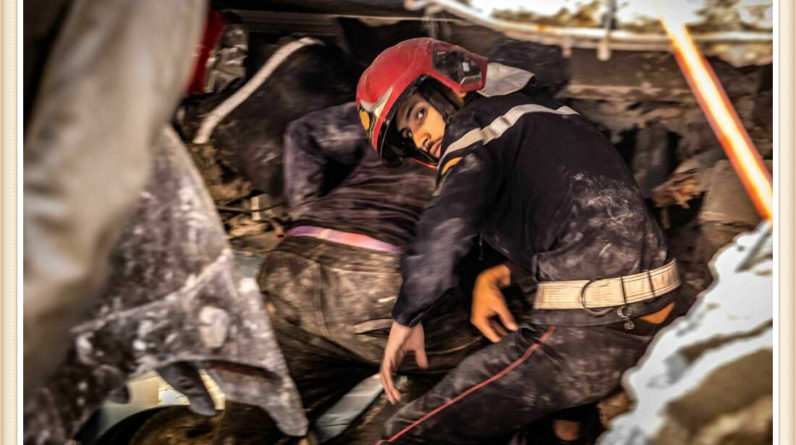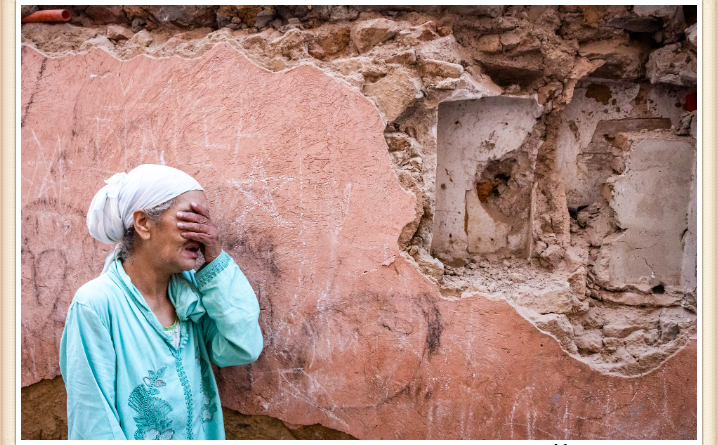
Conclusion
In conclusion, the Morocco earthquake is a stark reminder of our planet’s unpredictable nature. This article has explored the earthquake’s causes, impact, and the ongoing efforts to rebuild shattered lives and communities. Our hearts go out to the people of Morocco as they face the daunting task of recovery.
As we reflect on this catastrophic event, let it serve as a reminder of the importance of preparedness and resilience in the face of natural disasters. Morocco’s strength in unity and determination will undoubtedly lead to a brighter future, even after the darkest of days.
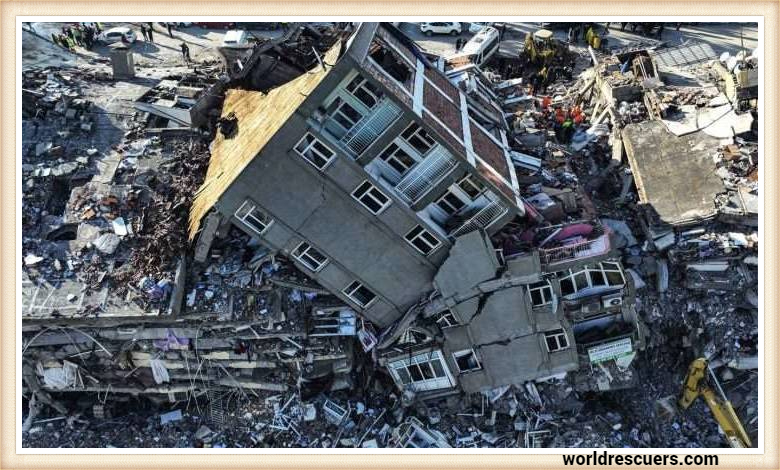
Introduction
In the wake of recent seismic activity, Morocco has once again found itself in the headlines. A powerful earthquake, with devastating consequences, has left us in a state of awe and concern. In this article, we delve into the details of this natural catastrophe, offering a comprehensive analysis of the event, its impact, and the measures needed for recovery.
The Morocco Earthquake Unveiled
On September 8, 2023, a seismic event of monumental proportions shook the very foundations of Morocco. The earthquake, measuring 6.8 on the Richter scale, struck with a fierce intensity that took the nation by surprise. Its epicenter was located in central Morocco, which bore the brunt of the disaster.
The impact was immediate and severe, leading to extensive damage to infrastructure, loss of lives, and widespread panic. In the following sections, we will examine the key aspects of this earthquake, from its causes to its aftermath.
The Root Causes
Understanding the geological factors that contributed to this earthquake is crucial. Morocco lies on the boundary of the African and Eurasian tectonic plates, making it susceptible to seismic activity. The movement of these plates is the primary cause of earthquakes in this region.
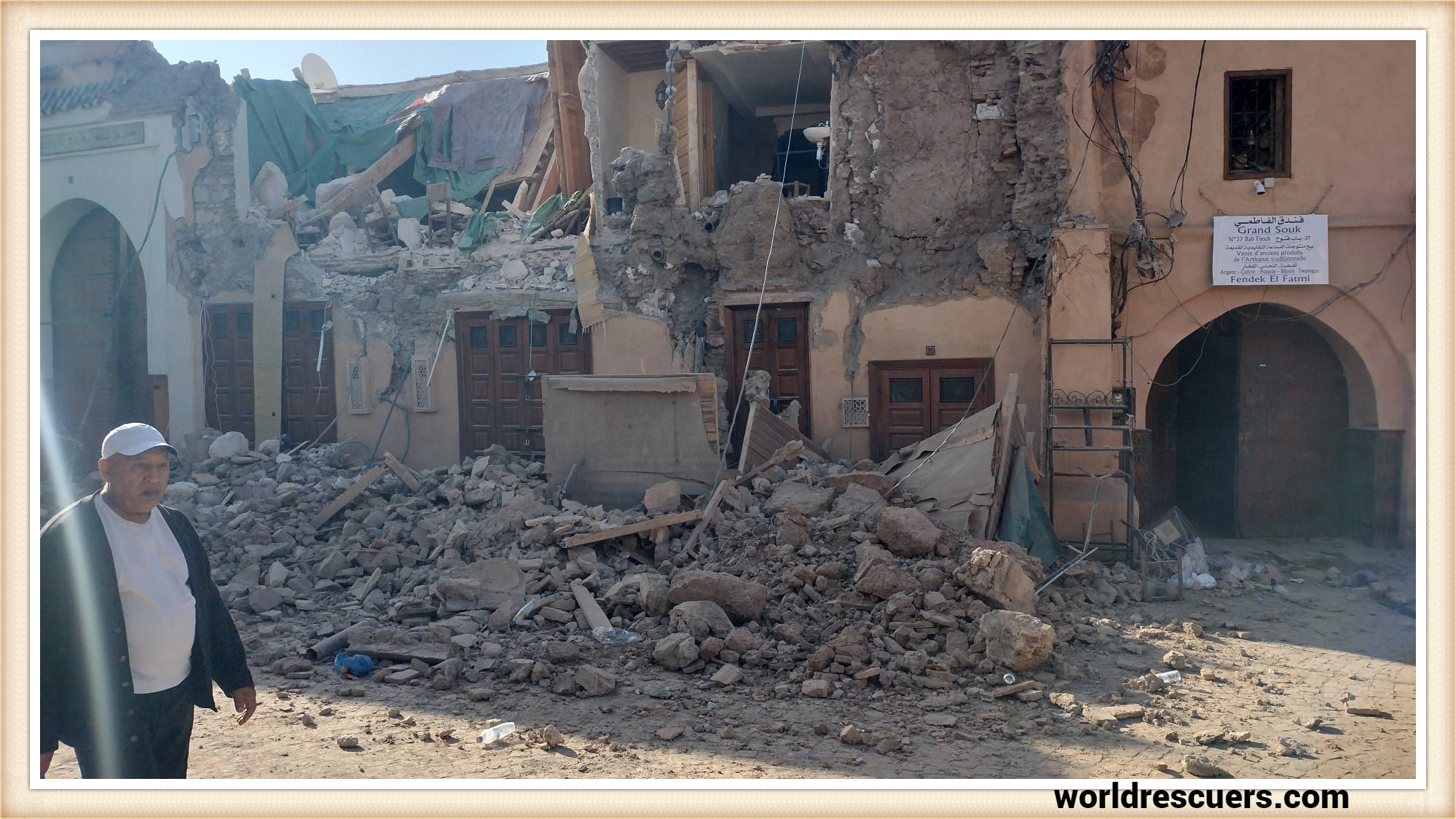
The Anatomy of a Disaster
Magnitude and Intensity
The magnitude of the earthquake, as mentioned earlier, was 6.8, which categorizes it as a “strong” event. The intensity, measured on the Modified Mercalli Intensity (MMI) scale, indicates severe shaking and the potential for widespread destruction.
Impact on Population
The human toll of this disaster is heartbreaking. As of the latest reports, over 1,000 people have lost their lives, and countless others have been injured. The impact has been most severe in densely populated areas, where buildings and infrastructure were ill-prepared for such a catastrophe.
Structural Damage
The earthquake caused extensive structural damage, with buildings, bridges, and roads suffering significant harm. The images of collapsed structures serve as a stark reminder of the immense power of nature.
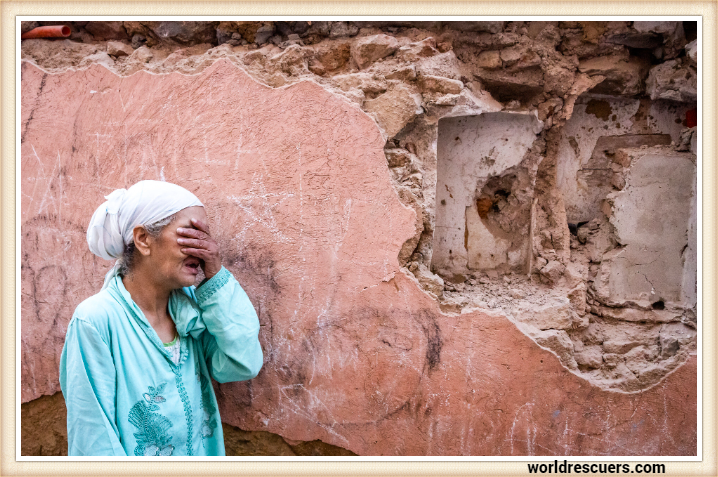
Response and Recovery
Emergency Response
In the immediate aftermath, local authorities and international organizations swiftly mobilized rescue and relief efforts. The goal was to provide medical aid, shelter, and food to the affected population.
Rebuilding and Rehabilitation
The road to recovery will be long and arduous. Rebuilding shattered communities and restoring infrastructure will require substantial resources and international cooperation. Morocco’s resilience will be put to the test as it strives to overcome the aftermath of this disaster.
Emergency Services in Morocco
Morocco has rescue services and emergency response teams. These services are typically managed by local authorities and may include fire departments, medical emergency services, and search and rescue teams. In the event of emergencies, residents and visitors can dial the emergency hotline (which is usually 19 in Morocco) to request assistance. These services play a crucial role in responding to various emergencies, including natural disasters like earthquakes, as well as medical emergencies and fire incidents.
Highly trained Assistant Fire Chief dedicated to public safety and awareness for the past 16 years. Effective leader who remains steady during times of emergency, while directing and motivating team members throughout crises.



